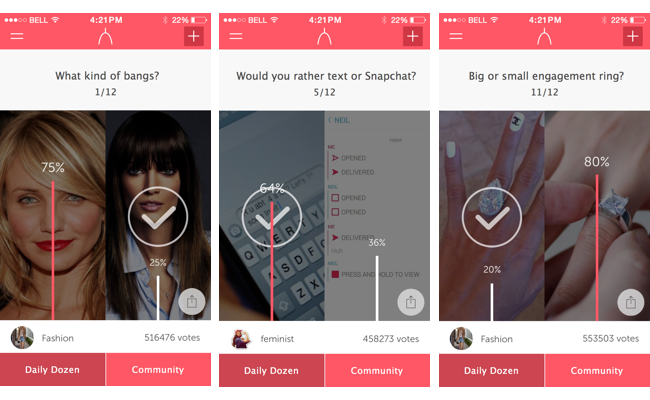

Developers: It’s the smallest customer segment, and it includes the ones who develop apps and games through Facebook’s platform.Īs Facebook has three diverse customer segments, each segment will perceive the brand’s value differently.

Anyway, although these are the revenue providers, they will only keep their interest as long as the non-paying user base is wide and qualified Due to the information that Facebook collects from its users, the company is able to target advertisements on its platform, allowing brands and businesses to have their ads viewed by its target audience. They pay to have ads for their products and services on the platform, which, from its side, offers a more qualified audience. It encompasses all the brands and businesses that advertise on the social network.
#Corebreach myspace pdf#
Submit & Download DOWNLOAD HIGH-RESOLUTION PDF OF THE FACEBOOK BUSINESS MODEL CANVAS Facebook’s Customer Segments

The other 3% or less is made up of payments received by games played and products sold on the platform, private social network services to businesses, and other products offered by each of the brands under its umbrella, such as Oculus, a Virtual Reality device. That’s the way advertisement became accounting for 97% to 99% of Facebook’s revenue. Within more than 2 billion profiles, the businesses are able to have their products/services viewed only by American 25-30-year-old females, who have a degree and are interested in marriage, for example. Facebook’s trump card is exactly to permit its advertisers to invest money in the right audience.

Soon, the advertisers wouldn’t need Facebook anymore. It would be cutting its own throat, as the platform would be handing over its greatest differential. And, according to Zuckerberg, that’s precisely why it wouldn’t make any sense for Facebook to sell its users’ data. The great revenue stream of Facebook is the targeted advertisement, due to the benefit that the platform offers, of allowing the advertisers to reach their target audience, through information the network collects from its users. That enabled the website to jump to six million users. In 2005, the social network removed the “the” and became only Facebook, and high-schoolers and students from outside the United States were allowed to join. By the end of 2004, over one million people had registered and, in the same year, companies such as MasterCard offered to pay for advertising on the website. In January of the next year, the four of them developed, a social network for Harvard students to post photos and personal information.Īs its popularity grew, was open for students from other institutions to join. It began as an online service where students would judge each other’s appearance, called Facemash - but it was shit down on only two days, for violating some policies. A brief history of Facebookįacebook’s history goes back to 2003, when the founders Mark Zuckerberg, Eduardo Saverin, Dustin Moskovitz, and Chris Hughes were studying at Harvard University. Among them, there are Instagram, WhatsApp, Oculus (virtual reality tech), Moves (step counter app), and more. Nowadays, Facebook has several other companies under its “umbrella”. Unlike that, he would only realize that one “could find almost anything on the internet - music, books, information - except the thing that matters most: people”. According to Zuckerberg, as he was developing Facebook, he wouldn’t have the ambition to build a worldwide enterprise.


 0 kommentar(er)
0 kommentar(er)
